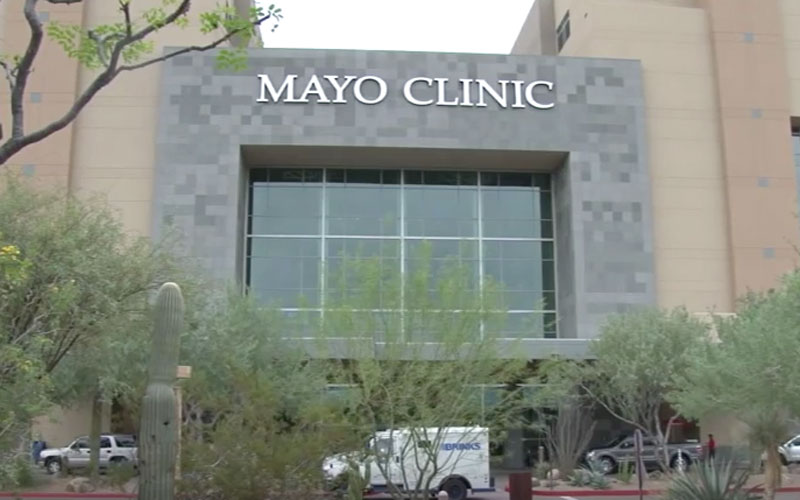
The air quality in Maricopa County is currently listed as in good condition. When the temperatures fall between November and February, there are more days when the air quality drops to moderate. (Photo by Eboni Johnson/Cronkite News)
Most Arizonans look forward to the cooler winter air and scattered showers. But asthmatic patients, such as Arizona State University student Haddi Meyer, find this time of the year the most challenging.
“The cold weather, I don’t know it closes up your esophagus more frequently,” she said. “So breathing is a lot harder when it’s colder out. The colder it is, the harder it is.”
Because of cooler temperatures, the air quality in Arizona decreases trapping more pollutants at the surface. Unlike warmer temperatures, pollution is not easily filtered out. This then causes the air to be more sensitive to those with respiratory diseases.
James J. Lee, Ph.D. and researcher scientist at the Mayo Clinic said, “all patients, whether they are healthy or otherwise, are affected by these pollutants. The issue with asthmatics and other respiratory patients is that it exacerbated their disease. They have more difficulties than a normal patient.”
Lee said that most of the pollution in Arizona comes from transportation.
“Here in Phoenix, it’s cars,” he said. “It’s the environmental degradation because of so many vehicles here. We don’t burn coal, we don’t have a lot of heavy industry here in Phoenix.”
The Arizona Department of Environmental Quality (ADEQ) is trying to reduce toxic waste in the state, with its Pollution Prevention Program.
Linneth Lopez, environmental engineer with the Pollution Prevention Program, said, “the point of the program is to reduce or minimize waste at the source. It requires certain Arizona companies to implement this plan at their facilities and use their knowledge of their operations to be able to identify goals for the program.”
With large companies, such as Frito-Lay setting a goal to have clean transportation, the program could continue to make the air less polluted for people that are sensitive to it.
However nitrogen oxide that comes from most vehicles is not 100 percent avoidable. That’s why Lee stresses preparation.
“Clearly the best thing a patient can do before the winter season comes along and before they represent these difficulties, go see their physician,” he said. “Get a plan and basically approach every season, whether it be allergy season in the summer or the winter season of the cold air, enter those seasons with a plan and a way of eliminating the problem before they arrive.”
The air quality in Maricopa County is currently listed as in good condition. When the temperatures fall between November and February, there are more days when the air quality drops to moderate.
For daily updates on the air quality, visit www.airnow.gov.